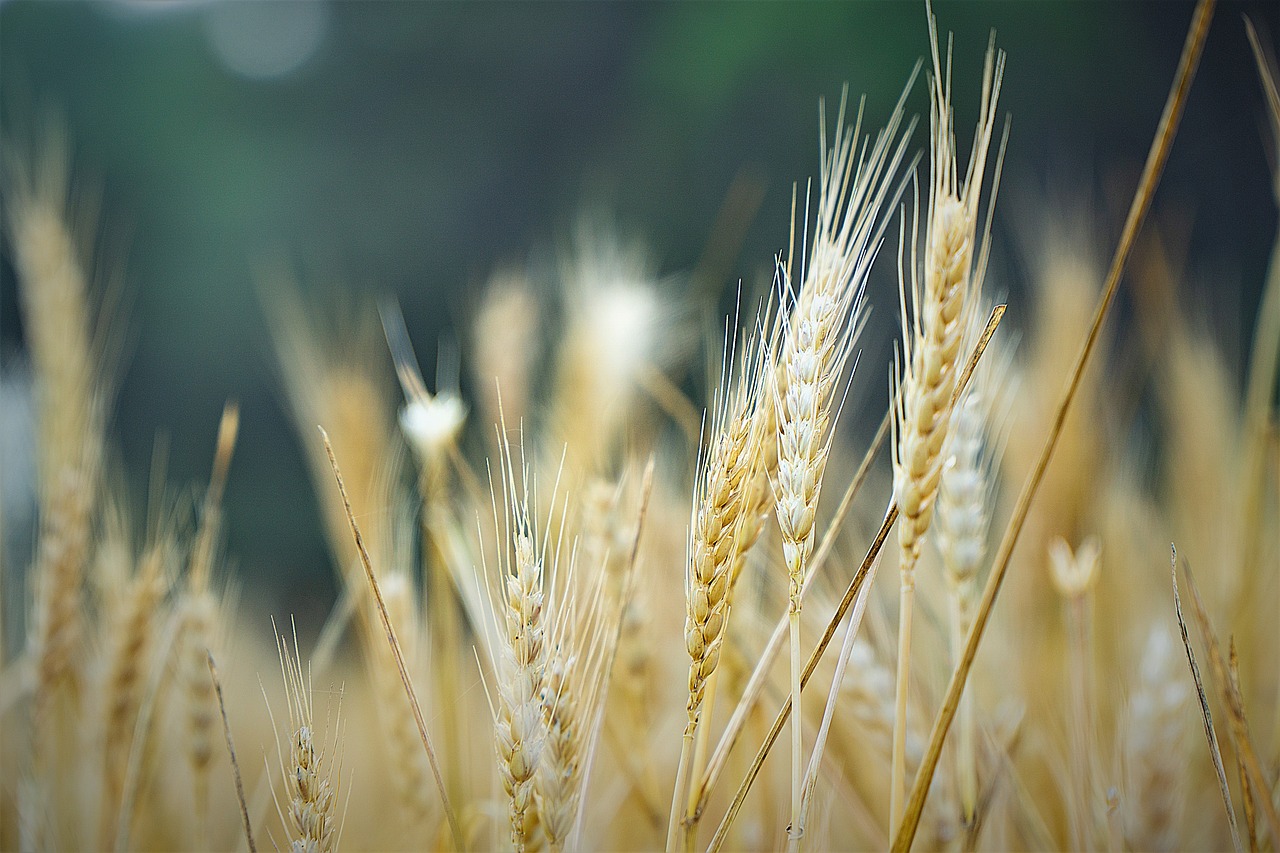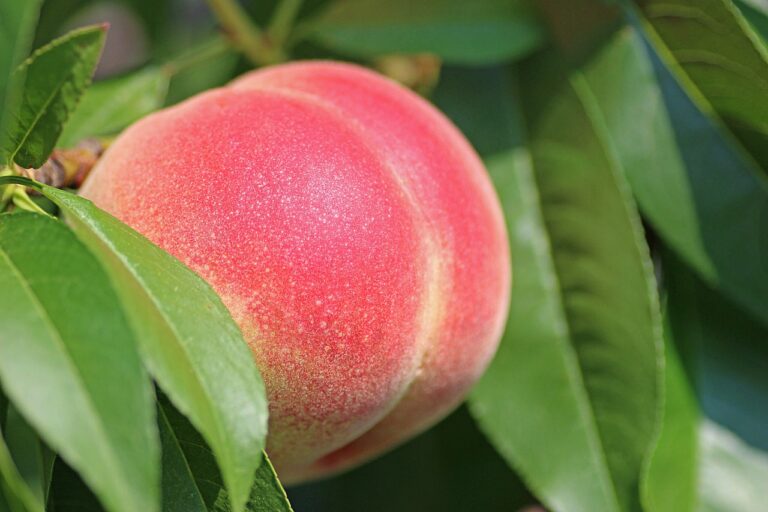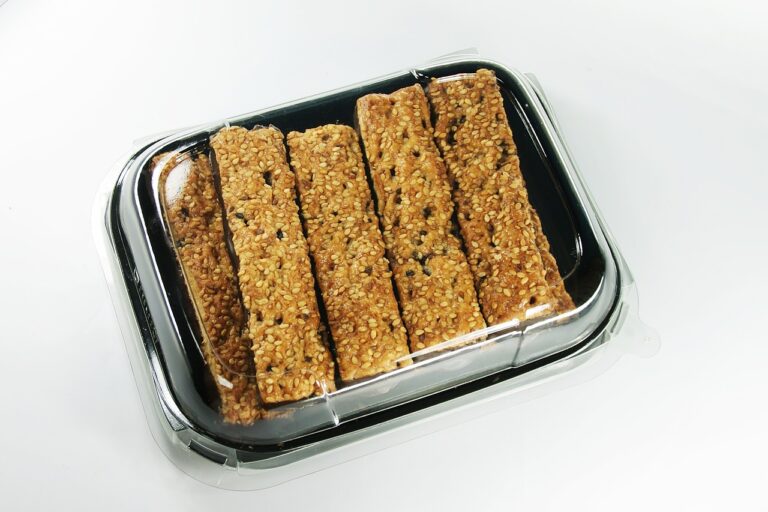Flour Milling and Urban Agriculture: Rooftop Gardens
11xplay .com, diamondexch999 sign up, skyexchange: Flour milling and urban agriculture are not typically two concepts that are associated with one another. However, the rise of rooftop gardens in urban areas has opened up new possibilities for combining these two industries.
Rooftop gardens offer a unique opportunity to grow fresh produce in the heart of the city, providing a sustainable source of food for urban residents. With the increase in urban populations and a growing interest in locally sourced food, rooftop gardens have become a popular way to bring agriculture back to the city.
But what does this have to do with flour milling? Well, rooftop gardens not only produce fruits and vegetables, but they also have the potential to grow grains such as wheat, barley, and oats. These grains can be harvested and milled on-site, providing a fresh and local source of flour for use in baking and cooking.
Flour milling on a small scale in urban areas is not a new concept. In fact, throughout history, households and communities have processed their own flour from grains grown in their own gardens. With the resurgence of urban agriculture, this practice is once again gaining popularity.
So how does flour milling in rooftop gardens work? It starts with planting the grains. Wheat, barley, and oats are all hearty grains that can be grown in containers or raised beds on a rooftop. Once the grains are fully grown and harvested, they can be dried and threshed to remove the outer husks.
Next comes the milling process. There are a variety of small-scale milling machines available that can easily be used in an urban setting. These machines grind the grains into flour, which can then be used in a variety of recipes.
The benefits of flour milling in rooftop gardens are numerous. Not only does it provide a fresh and local source of flour, but it also reduces the carbon footprint associated with transporting flour from rural areas to urban centers. Additionally, growing grains on rooftops helps to make productive use of underutilized urban spaces.
Flour milling in rooftop gardens also has the potential to create new business opportunities. Local bakeries and restaurants may be interested in sourcing fresh flour from rooftop gardens to use in their products. This not only supports the local economy but also promotes a sustainable and environmentally conscious way of producing food.
Overall, flour milling in rooftop gardens is a creative and innovative way to bring agriculture back to the city. By combining urban agriculture with flour milling, we can create a more sustainable and self-sufficient food system that benefits both urban residents and the environment.
FAQs
Q: Can any type of grain be grown in a rooftop garden for flour milling?
A: While wheat, barley, and oats are among the most common grains grown for flour milling, other grains such as rye, corn, and quinoa can also be grown in rooftop gardens.
Q: Is flour milling in rooftop gardens cost-effective?
A: The cost effectiveness of flour milling in rooftop gardens can vary depending on factors such as the size of the garden, the types of grains grown, and the equipment used for milling. However, many urban gardeners find that the benefits of fresh, locally sourced flour outweigh any initial costs.
Q: Are there any special considerations for growing grains in rooftop gardens?
A: Grains grown in rooftop gardens require adequate sunlight, water, and soil nutrients to thrive. It is important to research the specific growing requirements for each type of grain and to regularly monitor and maintain the garden to ensure a successful harvest.







